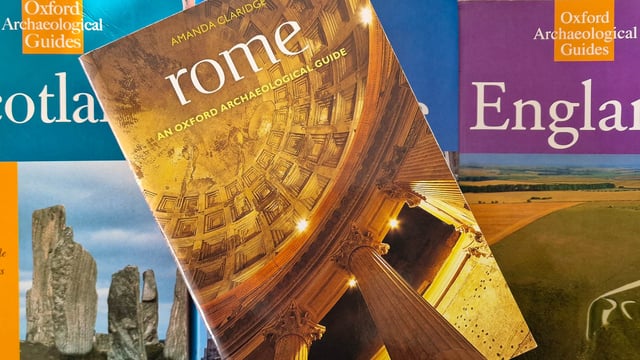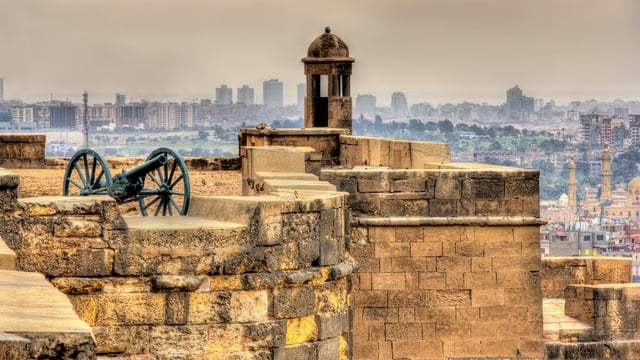For anyone visiting Rome with more than a passing interest in the archaeology, chances are you will want a decent guide book. There are a number of books about the history of Rome, but very few good, highly researched guides to the archaeological remains visitors can see in the Italian capital. One volume stands out. And that is the guide to Rome written by Amanda Claridge and published in the exception Oxford Archaeological Guides series.
- Thomas Dowson
- Last Checked and/or Updated 25 January 2023
- No Comments
- Italy Travel Tips & Ideas, Reviews, Rome
The one thing that surprised me about the archaeological sites in Rome was their presentation to the general public. At some ‘sites’, such as the Roman Forum, the Upper Via Sacra, the Palatine, it was hard to think that people have been coming to these attractions for many, many years. The Roman Forum looks quite confusing as it is, but this aside it all looked quite un-organised. As if visitors are something of an after thought.
The information available at many sites, whether in the form of leaflets to pick up at the entrance to signs that indicate where you are and what you are looking at, was quite frankly very poor. This is in stark contrast to the information panels and maps dotted about the site of Ostia Antica. While other sites, such as the Baths of Caracalla, had some good information panels, but these were not consistent.
If you are going to Rome and just want to be able to wonder around some of these wonderful places, the lack of information is probably not much of an issue. But, if you want to visit the archaeological sites, and you want to be able to a) identify what the pile of stones you are looking at is, and b) have some understanding of its significance you need to get yourself a good archaeological guidebook. Fortunately I had one, Amanda Claridge’s Rome: An Oxford Archaeological Guide.
This book is part of the Oxford Archaeological Guides series. But the other volumes in the series published thus far are guides to countries (Ireland, England) or regions (southern France, the Holy Land). Not surprisingly Rome has a guide of its own. At 540 pages, it is a substantial guide, but essential for anyone who wants a bit more than the average tourist guidebook. I did look at a number of guidebooks before I went, and have looked at a few others since, and have not found one that is at once both easy to use and informative.
The guide starts with a very readable historical overview of the history of Rome. This is then followed by a section detailing the various documentary sources Roman archaeologists use to develop their interpretations, and then an extensive glossary that includes building types, building materials and building techniques – all quite necessary for anyone seeking a more sustained experience at the sites in Rome. The various archaeological sites of Rome are divided up into 15 chapters, so one on the Roman Forum, another on the various buildings on the Palatine, etc., with an additional two chapters detailing the various catacombs and museums in Rome.
Although it is a hefty tome, certainly to be lugging around Rome all day, I do think it is worth keeping to hand; I certainly did and my copy is looking rather dog-eared now. The maps are excellent, and once you have figured out where you are at a site, they are invaluable for getting about and getting something out of your visit. On more than one occasion I found the maps more useful than the standard tourist map handed out at the station and tourist booths. One glorious morning I walked from the Vittorio Emanuele Monument down towards the river along the Via Del Teatro Di Marcellus to the Circus Maximus. The maps for the three sections that this route covers were very clear in indicating the various ruins along the way, some more substantial than others. Besides the maps, there are also numerous line drawings showing reconstructions of many of the sites. The text is interesting and quite engaging, with a lot of information for anyone who should like to investigate further.
Rome, An Oxford Archaeological Guide by Amanda Claridge is available on both Amazon.com and Amazon.co.uk; as an Amazon Associate I earn from qualifying purchases.






